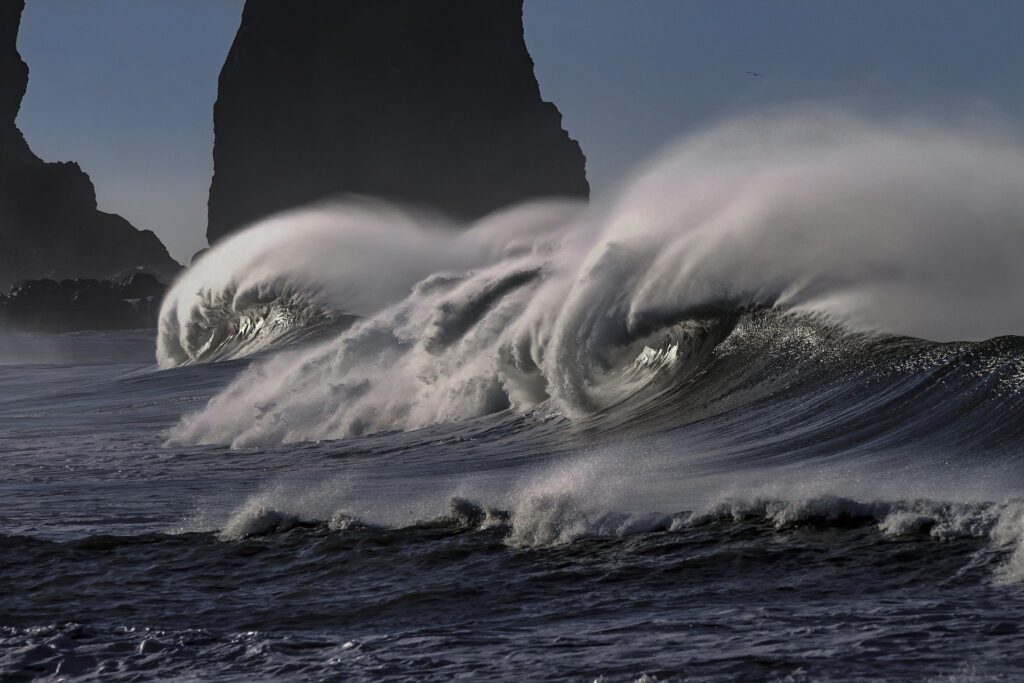Extreme sea levels are set to become more frequent worldwide as the Earth warms, according to a new study in the journal Nature Climate Change.
The report predicts that extreme sea levels along coastlines will become 100 times more frequent by the end of the century in about half of the 7,283 locations studied. That means, because of rising temperatures, an extreme sea level event that would have been expected to occur once every 100 years currently is expected to occur, on average, every year by the end of this century.
According to the findings, instances of sea level rise will most likely occur even with a global temperature increase of 1.5°C or 2°C compared with pre-industrial temperatures. It also found that the changes are likely to come sooner than the end of the century, with many locations experiencing a 100-fold increase in extreme sea level events by 2070.
Claudia Tebaldi, a climate scientist at the Department of Energy’s (DoE) Pacific Northwest National Laboratory (PNNL), led an international team of researchers in the analysis. She brought together scientists who have led previous large studies of extreme sea levels and the effects of temperatures on sea level rise. The team pooled its data and introduced a novel synthesis method, treating the alternative estimates as expert voters, to map out likely effects of temperature increases ranging from 1.5°C to 5°C compared with pre-industrial times.
The scientists found that the locations most likely to be affected include the Southern Hemisphere, areas along the Mediterranean Sea and the Arabian Peninsula, the southern half of North America’s Pacific coast, and areas including Hawaii, the Caribbean, the Philippines and Indonesia. In many of these regions, sea level is expected to rise faster than at higher latitudes.
Regions that will be less affected include the higher latitudes, the northern Pacific coast of North America, and the Pacific coast of Asia.
“One of our central questions driving this study was this: How much warming will it take to make what has been known as a 100-year event an annual event? Our answer is, not much more than what has already been documented,” said Tebaldi.
The new study mirrors the assertion of the 2019 Intergovernmental Panel on Climate Change report, which stated that extreme sea level events would become much more common worldwide by the end of the century due to global warming.
“It’s not huge news that sea level rise will be dramatic even at 1.5° and will have substantial effects on extreme sea level frequencies and magnitude,” said Tebaldi. “This study gives a more complete picture around the globe. We were able to look at a wider range of warming levels in very fine spatial detail.”
The best- and worst-case scenarios put forth by the study vary, due to uncertainties that the study authors represented in remarkable detail. In one scenario, at the pessimistic end, 99% of locations studied will experience a 100-fold increase in extreme events by 2100 at 1.5°C of warming. In another, at the optimistic end, about 70% of locations don’t see much of a change even with a temperature increase of 5°C.
The authors call for more study to understand precisely how the changes will affect particular communities. They point out that the physical changes that their study describes will have varying impacts at local scales, depending on several factors, including how vulnerable the site is to rising waters and how prepared a community is for change.
Authors of the paper include Roshanka Ranasinghe of the IHE Delft Institute for Water Education in the Netherlands; Michalis Vousdoukas of the European Joint Research Centre in Italy; DJ Rasmussen of Princeton University; Ben Vega-Westhoff and Ryan Sriver of the University of Illinois at Urbana-Champaign; Ebru Kirezci of the University of Melbourne in Australia; Robert E. Kopp of Rutgers University; and Lorenzo Mentaschi of the University of Bologna in Italy.
The study was funded by the US Environmental Protection Agency and DOE’s Office of Science, and can be viewed in full by clicking here.



